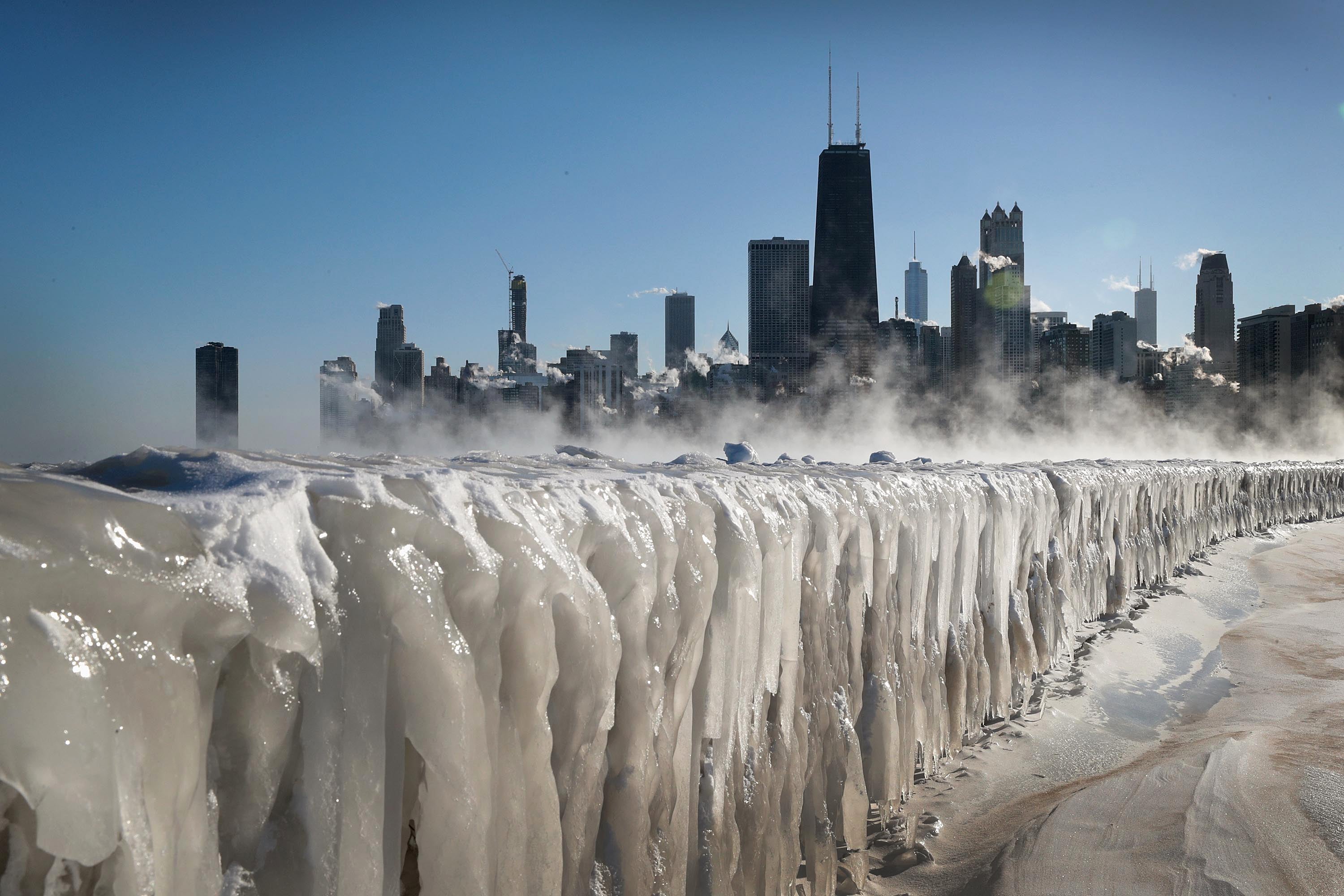


Into 2022, NACTO is focused on generating opportunities for peer connection and learning, to ensure that the networks built and lessons learned since 2019 continue to make a lasting impact -and create replicable examples for other climate-forward cities -into the future.Sea level rise caused by global warming is usually cast as a doomsday scenario that will play out so far into the future, it’s easy to ignore. Since 2019, NACTO has supported the 25 Climate Challenge cities by providing broader technical and policy guidance across the Climate Challenge network, city-specific workshops and trainings, 1:1 office hours with city staff, and in-depth “Accelerator” support in six cities. But driving less is only viable if transit, walking, and biking get you where you need to go safely, conveniently, and reliably. The fastest and simplest way to reduce transportation emissions? Drive less. With transportation as the largest single sector of carbon emissions in the US, implementing projects that reduce reliance on personal vehicles is critical to addressing climate change. Read more about their progress from 2019-201 here (pdf) >

Due to their dedication, vision, and collective action over the past three years, Climate Challenge cities are on track to reduce 74 million metric tons of emissions through 2030. Through policy development, program management, and on-the-ground projects, participating cities across America are demonstrating the critical role local governments play in tackling climate change. Since 2019, the Climate Challenge has put these two facts to work, providing expert support to cities working to realize their aggressive carbon reduction goals. The Bloomberg American Cities Climate Challenge is an initiative to reduce emissions in 25 of America’s largest cities.Ĭities account for more than 70% of global carbon emissions and mayors have significant authority over two of the highest-emitting sectors: transportation and buildings.


 0 kommentar(er)
0 kommentar(er)
